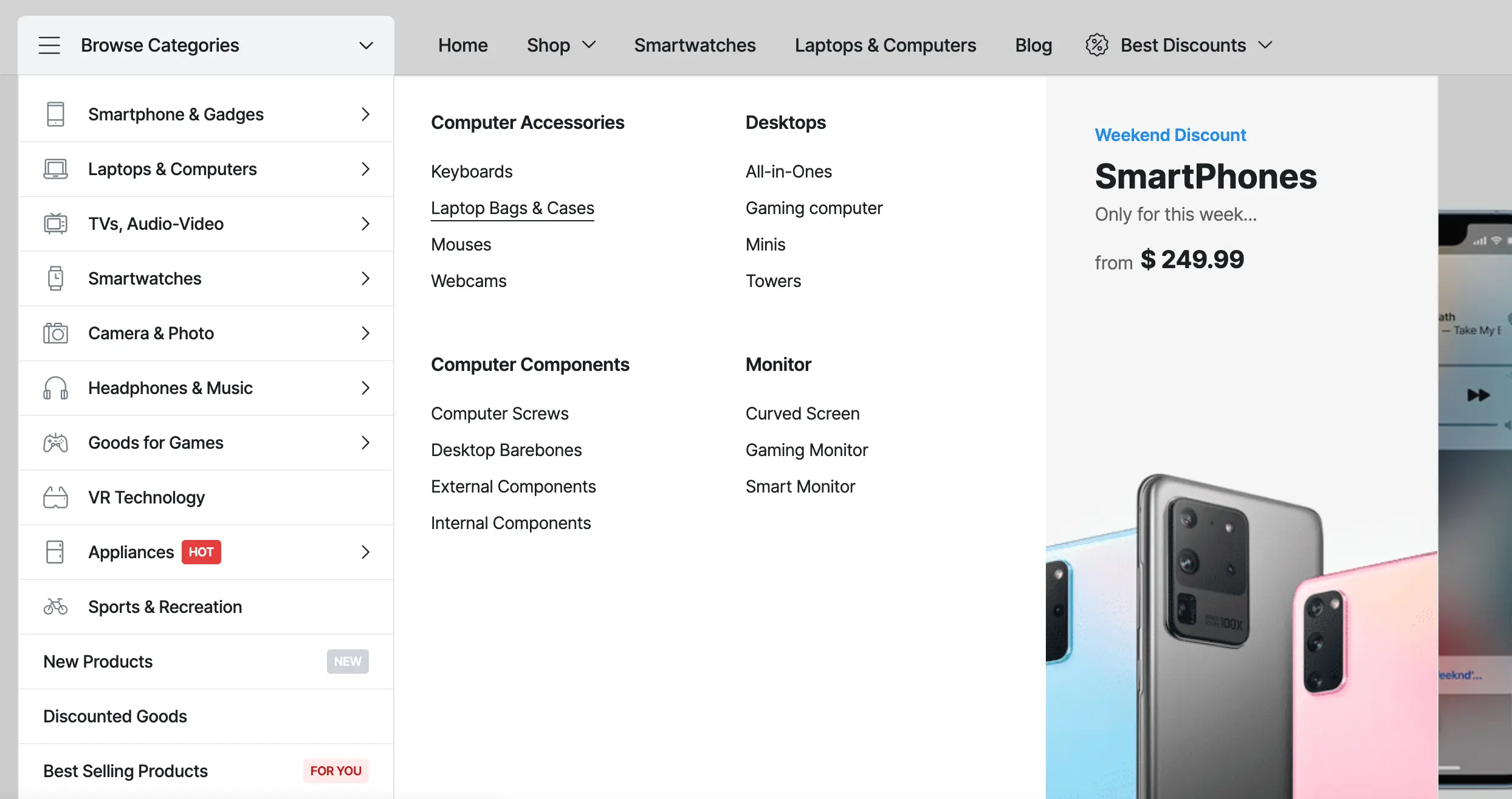Real-Time Applications with AngularJS and WebSockets
Real-time applications are a function in an app that keeps it live and updated at any given time. Chatting Applications, live weather, live gaming scorecards, live notifications, etc are some of the popular use cases of real-time applications.
There are multiple methods to create real-time applications. WebSocket protocols are used widely in creating real-time applications in AngularJs.
What is AngularJS
AngularJS is a JavaScript framework commonly used to create web applications. Created by Google in the year 2010, Angular is maintained primarily by Google and a vast community of developers. Angular is written in TypeScript and allows HTML syntax to create applications.
One unique feature of AngularJS is its dependency injection, it makes the development easier and the preferred choice among developers.
What is WebSocket
WebSocket is a protocol that provides bi-directional communication between client and server. WebSockets provides a dual connection facility on a single TCP connection, which means data from both ways is transferable. This functionality makes it an ideal option for chat applications.
WebSockets are different from typical HTTP. The Hypertext Transfer Protocol works on a request-response model. Unlike HTTP’s one-off data request, Webstocks allows bi-directional communication open. Webstocks work on the same protocol as HTTP, it can work on standard ports HTTP(80) and HTTPS(443). WebSockets typically start an HTTP connection and then upgrade to a WebSocket connection via the “Upgrade” header.
Why AngularJS for Front End in Real-Time Applications
- AngularJS offers interactive UI, helping in faster data rendering to create dynamic web pages that can be frequently updated.
- The architecture pattern in AngularJS is MVC (Model View Controller) or MVVM (Model View ViewModel) which makes the application easy to manage.
- Two-way data binding helps the model reflect changes immediately.
Why WebSockets for Front End in Real-Time Applications
- WebSockets provide real-time dual communication channels that stay open, helping keep the data flowing.
- Low-latency communication helps for immediate feedback in chats, and the stock/financial market.
Integration of AngularJS and WebSockets
Following is the process of the integration of AngularJS and WenSockets
- Initialization: An application based on AngularJS establishes a WebSocket connection with the server
- Data Exchange: The data between the server and the user starts exchanging once the connection is established.
- Real Time Update: AngularJS updates the UI in real time. This ensures the user gets up-to-date data at any given time during the session.
- Overcoming Disconnection: The ability of the application to reconnect after disconnecting helps to overcome any obstacle in the data loss. The integration of AngularJS and Websockets can provide a seamless experience to users.
Setting up WebSockets in AngularJS
To set WebSockets in the right environment it is essential to have Node.js installed in the system along with NPM (Node Package Manager) to install AngularJS and its dependencies.
Once you’ve your AngularJS live, you can use the Socket.IO library for handling WebSocket connections from both sides.
Popular Use cases
- Chat Application: Messaging applications are a popular medium where AngularJS and WebSockets are integrated so that users can message constantly without having to initiate a new process.
- Scorecards: Gaming Scorecards need to display real-time data to fan followers, this immigration can help make it easier.
- Financial Dashboard: Finance is at the heart of the new economy, hence reflecting the stock market’s real time data in seconds or in some cases microseconds is important.
- Collaborative tools: Applications that need multiple parties to collaborate and work on the same project require a real time display feature so all the parties can see/check the editing in real time.
Testing & Debugging
To keep the application robust and bug-free regular testing and debugging are required. Popular tools like “Jasmine” and “Karma” can help in this unit testing process. Tools like “Protractor” and “Approach” can help is End-to-end testing. “Artillery” and “JMeter” can help in load testing.
Automated testing for continuous iteration should be implemented to find potential issues.
Additional Resources
- Multiple libraries like Socket.IO, and WebSockets can help in simplifying programming.
- WebSocket logic can make AngularJS factories reusable.
- WSS – WebSocket Secure handling authentication can help in preventing vulnerabilities.
- Efficient data serialisation minimises the data load and utilises the resources on both client and server sides.
- WebSockets follow an asynchronous nature in communication hence they have to be live all the time.
- Explore emerging trends that can be integrated into the existing WebSocket protocols such as WebRTC.
The combination of AngularJs and Websockets can help create real time applications. Angular JS provides the framework for dynamic content while WebSockets ensures communication between both sides with interactive application UI. The synergy between the two technologies makes them suitable and desirable for each other and critical for the application’s success.
The amalgamation of both of these technologies helps in producing robust applications that can provide real-time updates to users. If you are planning to create such an application, it is advised to consult an expert who works with these technologies. There are many good WebSockets development and Angular js development company that can help you clear your vision and provide consultation.
Related Articles
If you enjoyed reading this, then please explore our other articles below:
More Articles
If you enjoyed reading this, then please explore our other articles below:





















 2019-2025 ©
2019-2025 ©